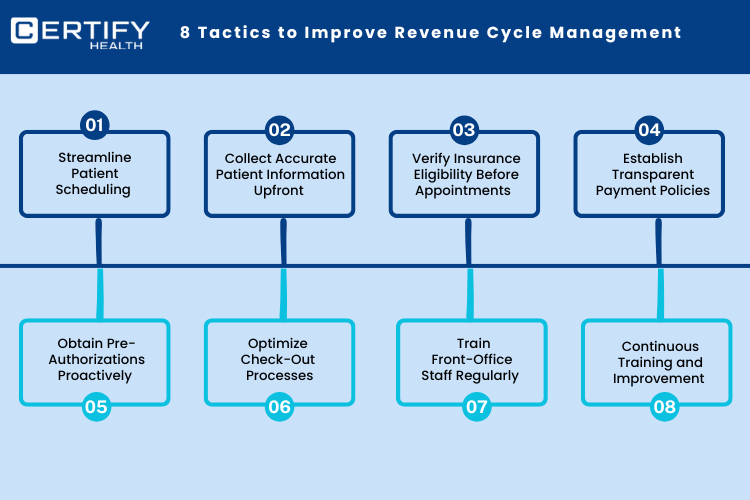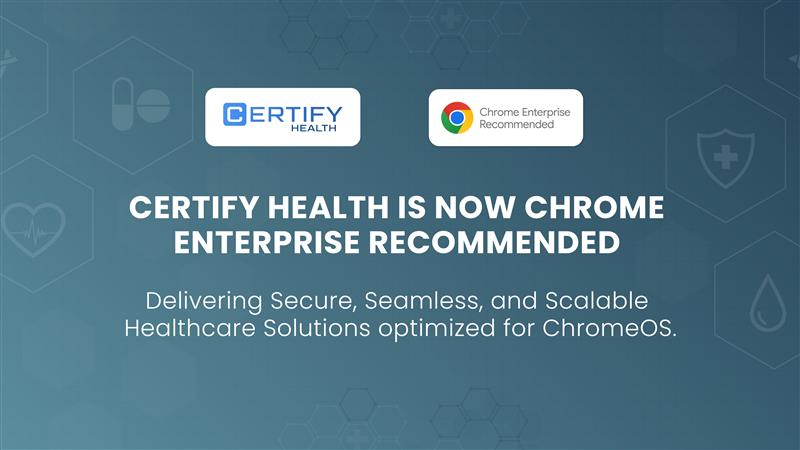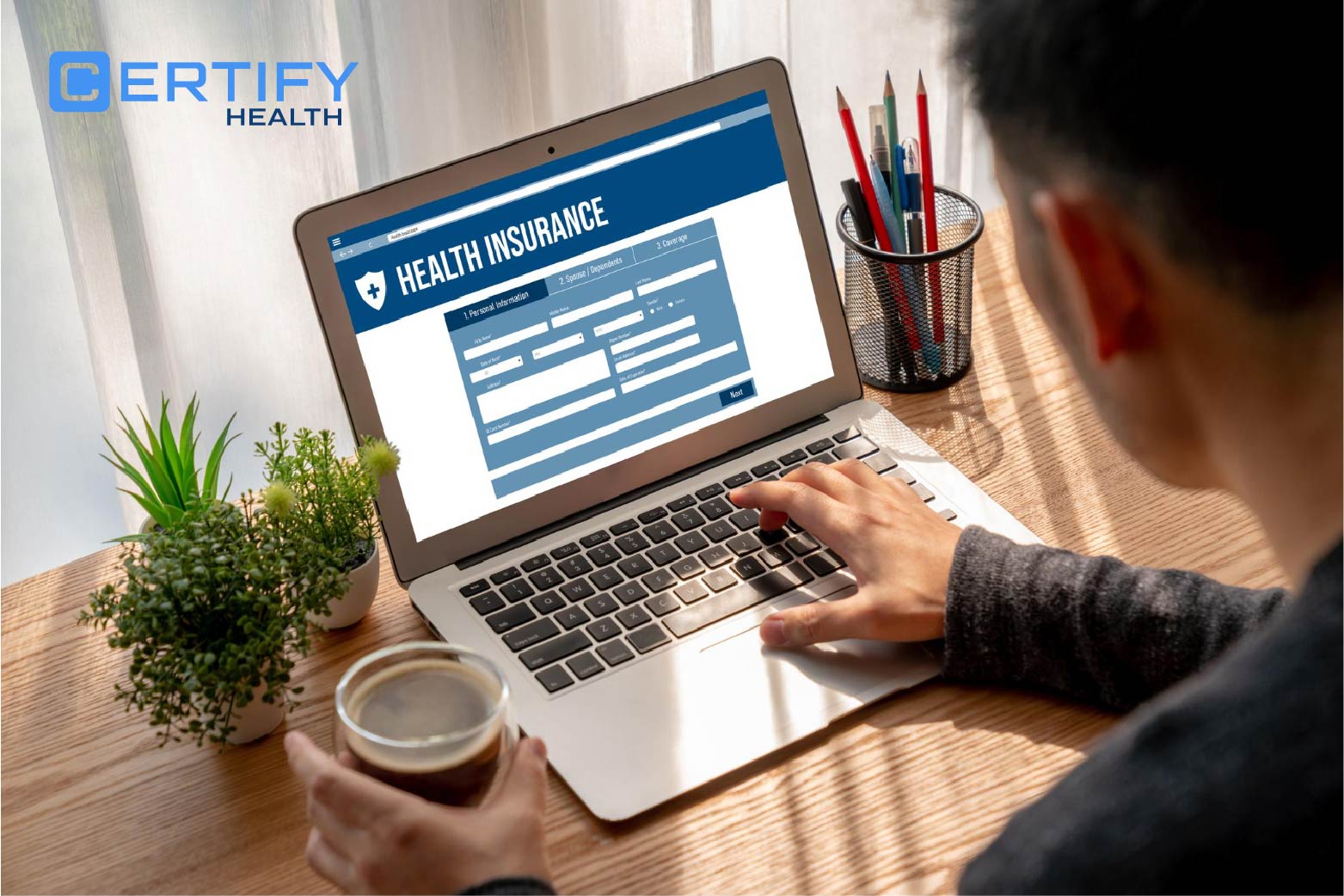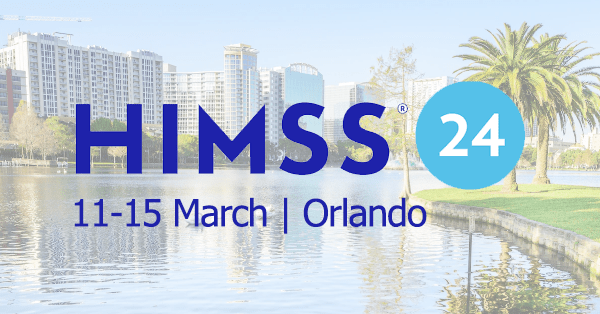Introduction
Ineffective revenue cycle management (RCM) costs medical practices thousands each month. With claim denials averaging 5-10% and patient payment responsibility rising, a well-optimized RCM process is essential for financial health.
The key? It starts at your front desk.
Proper training and tools help ensure clean claims, faster payments, and satisfied patients.
Strong RCM isn’t just about getting paid—it boosts patient satisfaction (fewer billing surprises), staff productivity (less time fixing errors), practice growth (steady cash flow), and compliance (accurate documentation). Yet, many practices struggle with high claim denials, payment delays, and front-office inefficiencies.
The good news? Most RCM challenges can be fixed by focusing on front-end improvements, better patient communication, and streamlined processes.
This blog will look at the eight best ways to improve revenue cycle management for healthcare practices and introduce you to a game-changing solution to streamline your RCM.
8 Tactics to Improve Revenue Cycle Management

1) Streamline Patient Scheduling
Want to know a secret about healthcare revenue cycle management? It begins before patients even walk through your practice door. Believe it or not, when you streamline patient scheduling, you are setting the stage for financial success.
Efficient scheduling is not about filling your calendar slots – it is about creating the right appointments with the right patients at the right times.
But how to do it?
Here’s how you can make your scheduling work harder for your revenue cycle:
- Create an intuitive online scheduling system: Patients these days are tech-savvy and expect convenience. Offering 24/7 online booking is a gold as it reduces no-shows while freeing up your phone lines. Plus, these systems can automatically send appointment reminders via text or email. (Crazy, isn’t it?)
- Space appointments strategically: Next step is to look at your practice patterns to determine optimal scheduling. You shouldn’t pack too many patients into too little time—this leads to rushed visits and potentially missed billing opportunities.
- Offer flexible appointment options: Patients with hectic schedules can be accommodated during early morning, evening, or weekend hours. You may increase your accessibility and generate more income by including telehealth solutions.
When you streamline patient scheduling effectively, you’re not just managing your calendar—you’re optimizing the very first step in your healthcare revenue cycle management process.
2) Collect Accurate Patient Information Upfront
Let’s face it—inaccurate patient information is the enemy of effective healthcare revenue cycle management. It is like constructing a house on an unstable foundation. When you collect patient information properly upfront, you prevent costly problems down the road.
- Make registration painless with digital forms: This process can be made painless both for your patients and staff by introducing patient pre-registration tools like CERTIFY Health’s patient intake software. It gives patients the option to complete paperwork before their appointment through your portal or via email with accuracy making their visits even smoother.
- Verify and update information at every visit: People change jobs, insurance plans, addresses, and phone numbers at some point of time. Having a solution that helps you collect and confirm all these details at every visit can save you from delays in treatment & payment collections.
- Create a checklist for comprehensive data collection: Ensure your practice follows a standardized process for gathering all necessary patient information, from demographics to insurance details to emergency contacts.
Remember, each piece of patient information plays a crucial role in your healthcare revenue cycle management. A single incorrect digit in an insurance ID or a missing pre-authorization can derail an otherwise clean claim.
3) Verify Insurance Eligibility Before Appointments
Nothing damages your healthcare revenue cycle management more quickly than discovering a patient isn’t covered after services are rendered. Proactive insurance verification is your shield against this common problem.
- Check eligibility 2-3 days before appointments: This gives you time to address any issues before the patient arrives. Many practice management systems like CERTIFY Health offer automated eligibility verification tools that can run these checks for you.
- Train your team to spot common eligibility issues: Your front desk staff should know how to identify red flags like termed coverage, benefit limitations, or high deductibles that haven’t been met.
- Have a clear process for handling uninsured or underinsured patients: Create protocols for finding other financial options for your patients when you discover issues in their coverage. This might include payment plans, cash discounts, or rescheduling non-urgent care.
Consistently confirming insurance eligibility speeds up your payment cycle and significantly lowers the chance of claim denials. A key component of efficient healthcare revenue cycle management is this easy step.
4) Establish Transparent Payment Policies
Clear payment policy isn’t just good for your healthcare revenue cycle management—they’re good for patient relationships too. When patients understand their financial responsibilities upfront, everyone benefits.
- Communicate costs clearly: Clearly communicate with patients, expected co-pays, deductibles, and potential out-of-pocket expenses before services are rendered. Use straightforward language and provide written estimates when possible.
- Create flexible payment options: Offer various payment methods including credit cards, online payments, payment plans, and maybe even healthcare financing options for larger balances.
- Train staff on payment policy discussions: Your team should be comfortable explaining financial matters in simple terms. Role-playing exercises can help them practice these sometimes-difficult conversations.
Establishing transparent payment policy demonstrates your commitment to both financial integrity and patient care. It’s a vital component of healthcare revenue cycle management that builds trust while protecting your bottom line.
5) Obtain Pre-Authorizations Proactively
Pre-authorizations can be a major bottleneck in your healthcare revenue cycle management if not handled properly. A proactive approach can prevent claim denials and payment delays.
- Maintain a current list of services requiring authorization: Insurance requirements change frequently. Keep an updated reference guide detailing which procedures need prior approval for common insurance plans.
- Implement a tracking system for authorization requests: Whether using your practice management system or a separate tool, monitor the status of each request to ensure nothing falls through the cracks.
- Submit requests with complete, accurate information: Train your team on proper submission procedures for each major payer. Include all required clinical documentation to support medical necessity.
Pre-authorizations may seem tedious, but they’re critical to your healthcare revenue cycle management. When obtained properly and promptly, they pave the way for clean claims and timely payments.
6) Optimize Check-Out Process
The check-out process presents a golden opportunity to strengthen your healthcare revenue cycle management. It’s your last chance to address financial matters before the patient leaves.
- Collect outstanding balances at time of service: Train staff to confidently discuss any amounts due. Point-of-service collections significantly improve cash flow and reduce accounts receivable days.
- Make payment convenient with multiple options: Accept various payment methods and consider implementing a patient portal for online bill payment and account management.
- Schedule follow-up appointments on the spot: This improves clinical care continuity while securing future revenue. It also reduces scheduling gaps that can impact your financial performance.
An optimized check-out process enhances both patient satisfaction and your healthcare revenue cycle management. Patients appreciate clear expectations and convenience, while your practice benefits from improved collections and scheduling efficiency.
7) Train Front Office Staff Regularly
Your front office team holds the keys to successful healthcare revenue cycle management. Their knowledge and skills directly impact your financial outcomes.
- Provide comprehensive onboarding for new hires: Ensure they understand not just their tasks, but how those tasks affect the entire revenue cycle. Help them see the big picture.
- Schedule regular refresher training sessions: Insurance rules change, coding requirements evolve, and technologies advance. Keep your team informed of any new developments.
- Develop scripts for common financial conversations: Give your staff language they can use when discussing sensitive topics like outstanding balances or coverage limitations.
Front office staff training isn’t a one-time event but an ongoing process. When you invest in your team’s knowledge, you’re investing in the foundation of your healthcare revenue cycle management.
8) Continuous Training and Improvement
Healthcare revenue cycle management isn’t static—it requires ongoing attention and refinement. Continuous improvement training ensures your processes remain effective despite changing industry conditions.
- Monitor key performance indicators: Track metrics like clean claims rate, days in accounts receivable, and denial rate. Compare your performance against industry benchmarks.
- Conduct regular process audits: Review your workflows from scheduling through payment to identify bottlenecks or inefficiencies that could be improved.
- Create feedback channels for your team: Front-line staff often have valuable insights into process problems. Give them ways to share observations and suggestions.
Commitment to continuous improvement keeps your healthcare revenue cycle management responsive and effective. It’s an investment that pays dividends in sustained financial performance.
How CERTIFY Health Can Transform Your Revenue Cycle Management
While implementing these eight tactics will significantly improve your healthcare revenue cycle management, having the right technology partner can multiply your results. CERTIFY Health offers comprehensive solutions designed specifically for medical practices ready to optimize their financial processes.
Comprehensive Solutions
CERTIFY Health provides end-to-end tools that streamline front-office operations from patient registration to payment collection. Their integrated platform addresses the full spectrum of revenue cycle challenges through:
- Patient Scheduling: A user-friendly online booking system that cuts no-shows by 40%, speeds up scheduling by 90%, and boosts self-scheduled appointments to over 361 per month.
- Patient Intake: Digital forms capturing accurate information upfront reducing manual overload, errors in the data, and simplifying insurance verification process.
- Insurance Verification: Automated eligibility checks reducing claim denials by 30% and saving 70% of your staff’s time.
- Payment Management: Multiple options for transparent financial interactions increase upfront payment collection up to 90%.
Benefits for Your Practice
Implementing CERTIFY Health’s RCM solution delivers measurable benefits:
- Reduced claim denials through accurate data capture
- Improved patient satisfaction with seamless financial experiences
- Enhanced cash flow with faster reimbursements
- Decreased administrative burden on your team
By partnering with CERTIFY Health, practices can transform their healthcare revenue cycle management from a potential problem area to a competitive advantage.
Conclusion
Effective healthcare revenue cycle management isn’t just about getting paid—it’s about creating financial stability that allows your practice to thrive.
The eight tactics discussed—streamlining patient scheduling, collecting accurate patient information, verifying insurance eligibility, establishing transparent payment policies, obtaining pre-authorizations proactively, optimizing check-out processes, training front office staff regularly, and committing to continuous improvement—provide a practical roadmap for enhancing your revenue processes.
Remember that the importance of revenue cycle management in healthcare begins at the front desk. By focusing on front-end processes and equipping your team with proper training and tools, you can significantly reduce claim denials, accelerate payments, and improve overall financial performance.
Implementing these strategies independently or leverage solutions like CERTIFY Health, investing in your healthcare revenue cycle management will yield substantial returns in financial stability, operational efficiency, and ultimately, practice growth. Lets show you have we can help your practice—Book a Demo!











